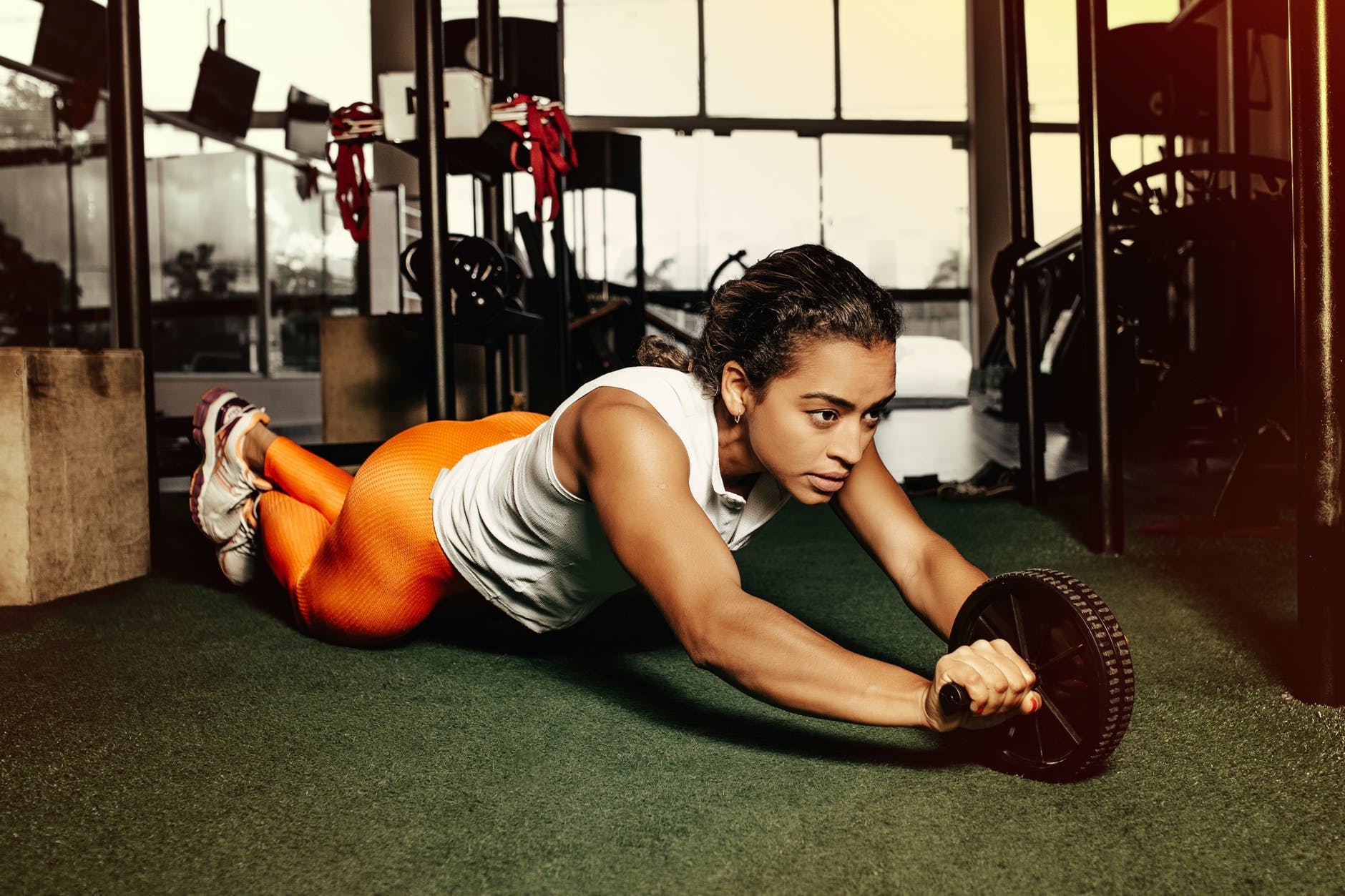A mix of endurance and resistance training, skiing is a fantastic full-body workout offering plenty of cardio-metabolic benefits, including improved insulin resistance, leaner body composition, and lower blood pressure. Skiing also works your body in unique ways, thanks to the variety of highly-coordinated movements involved, such as quick turns, skidding, jumping and carving. Whether you’re a beginner or an advanced skier, improving your posture is one of the best things you can do to improve your performance, strengthen your muscles, avoid common injuries, and help you progress faster on the slopes.
Improving head and spine alignment
Everyday life activities like desk work and looking down at your phone throughout the day can commonly result in problems with the head and neck muscles. In turn, pain and lack of mobility in this area can hamper your skiing performance and cause problems in daily life. Fortunately, working on improving your head and spine alignment will get rid of any problematic muscle imbalances and improve your posture while you’re on the slopes. In particular, chin tucking is a simple exercise that can be performed regularly to correct posture and align the head and spine. Chin tucks also improve the neck’s flexibility and strength while relieving pain, including chest pain, shoulder pain, headaches, and numbness in the arms and hands. Taking time to perform this exercise everyday will ultimately strengthen your muscles and make you a better skier.
Strengthen your core
A strong core is essential for keeping good posture while skiing. The core consists of a group of muscles that work to stabilize and keep the waist protected. It also supports the lower back. As you ski, it’s important to always keep your core engaged and your torso pointed in line with your direction of travel — this will help keep you upright and stable through your lines. Off the slopes, performing a simple core exercise like sit ups can further help keep this area strong. Sit ups are beneficial, as they teach you how to fall backwards onto your backside without hitting your head on the hard snow or otherwise injuring yourself. By keeping your core strong and functional, you’ll improve your athletic performance, as well as the health and longevity of your spine.
Don’t neglect your shoulders
Although you may not realize it, injuries to the shoulders account for 4-11% of all alpine skiing injuries. Strong shoulders play a key role in strengthening your posture, balance and coordination while skiing, as well as providing your head with enough vital support. Performing exercises that strengthen the shoulders can increase your stamina and prevent neck and shoulder pain and tension. For example, overhead shoulder presses with free weights work the deltoid shoulder muscle while also building core strength.
Working on improving your posture and strength is essential to becoming the best skier you can be. By improving your head and spine alignment and strengthening your core and shoulders, you can increase your speed, stamina, and balance on the slopes.




